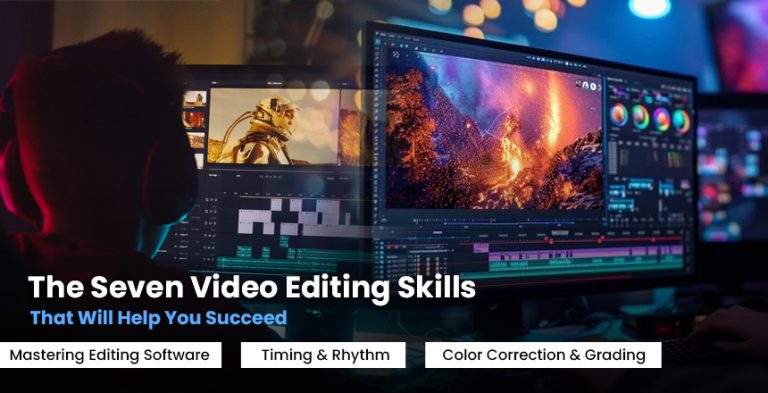For everyone that is into designing the internet, a web design portfolio is a unique and personal
statement of your skills, talents, and approaches to your work. Your portfolio is the work portfolio
that defines the feeling that may help potential clients to hire you or get the desired job. Web
designers’ portfolios are not simply just the online resumes; they are the online selling and
convincing platforms of the designer’s capability, skills, and achievements. In this particular blog
entry, there are several crucial aspects of assembling an effective web design portfolio that will
be covered.
Choose a Clean and Simple Layout:
It is recommended to make the structure of your portfolio clean and minimal, so it looks like a
professional portfolio. The design of the website must be such that any visitor to the site does
not have difficulty in finding anything that they are in search of. Do not overcrowd your
workspace by piling up the paperwork, using many colors at once, or using unprofessional
graphics that may distract.
Showcase Your Best Work:
Ideally, your portfolio should be filled with just your best works. Choose those projects that you
think you have done best, have used your creativity in doing, and that best represent the kind of
work you would wish to do in the future. Try not to submit a working resume with any job that is
not related anymore or jobs that were done ages ago.
Include a Brief Description:
The following should be provided for each project: a description of the project, your position, the
client, and the tools and technologies applied. This will allow the viewers to know what you’ve
done and how you’ve done it. Communicate very clearly and do not be vague about saying
things or using abbreviations, design jargon, and other terms that a normal person won’t know.
Emphasize User Experience:
Web usability is critical in web design and must reflect your portfolio as a web designer with a
good understanding of usability techniques. Make sure to provide the samples to showcase
skills to web design clear navigation, build the layouts that are friendly for screens of all sizes, and
design the beautiful-looking sites.
Include Case Studies:
There is always a detailed description of the project and all the information on the problem, the
solution, and the outcome provided by the case studies. It is an excellent opportunity to let your
potential employer see how you approach problem-solving and how valuable your results are. It
is recommended to present the case studies of projects that are outstanding and issue-oriented.
Use High-Quality Images
Despite being a relatively low specification element, a web portfolio should boast high-quality
images. The quality of all images needs to be as high as it can be, and the images dimensions
should be equal to what it takes. Low-resolution images or images that are hard to see on a
small screen, such as the desktops for large images, should not be used.
Create a Consistent Brand
Your portfolio is your business card online and should reflect a set theme of an established logo,
color, and font. This will assist people who watch the programs to identify your work and also
assist those who may want to hire you in the future to do so easily.
Optimize for Mobile
The increase in the use of mobile devices to connect to the internet calls for changes in the
portfolio to enhance concord with the trend. Utilize a well-designed layout for all types of
screens, and the images and texts should be clear for the viewer when viewed on a small
screen.
Add Testimonials:
Happy customers give you recommendations that can convince people that you can give them
the best results. Add extracts of interviews with clients who might speak about the quality of
your work or the benefits of your designs for organizations.
Make it Easy to Contact You:
Your portfolio should always have an interface to easily contact you by other people interested
in your services. Make sure you provide your contact information, like an email address or
phone number, and that they are well located on the website…
Conclusion
`The web design portfolio is a strong proof of one’s skills, experience, and creativity; therefore,
the web design portfolio should include such aspects. By following these tips, you will be able to
design a successful portfolio and eventually get the job of your dreams or attract more clients to
your business. Just be sure to update your portfolio regularly and present your strongest pieces,
and you will be all set on going to a successful design career.








